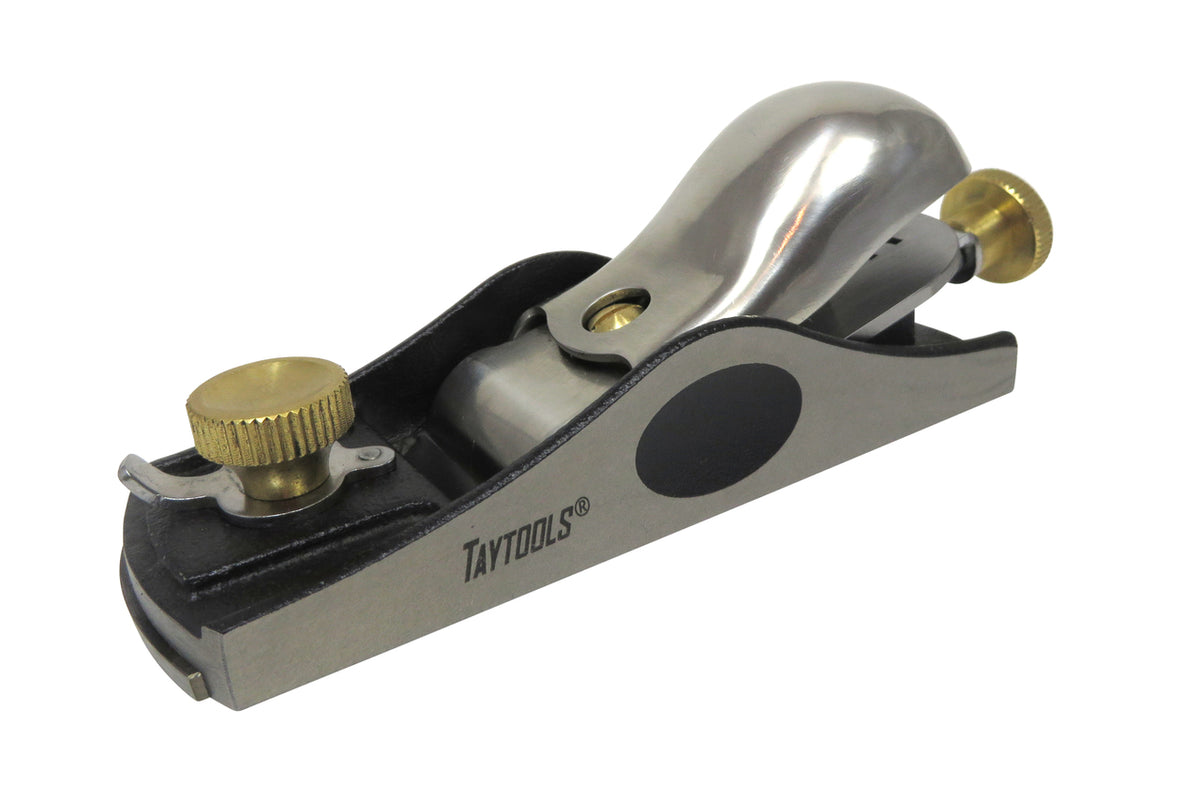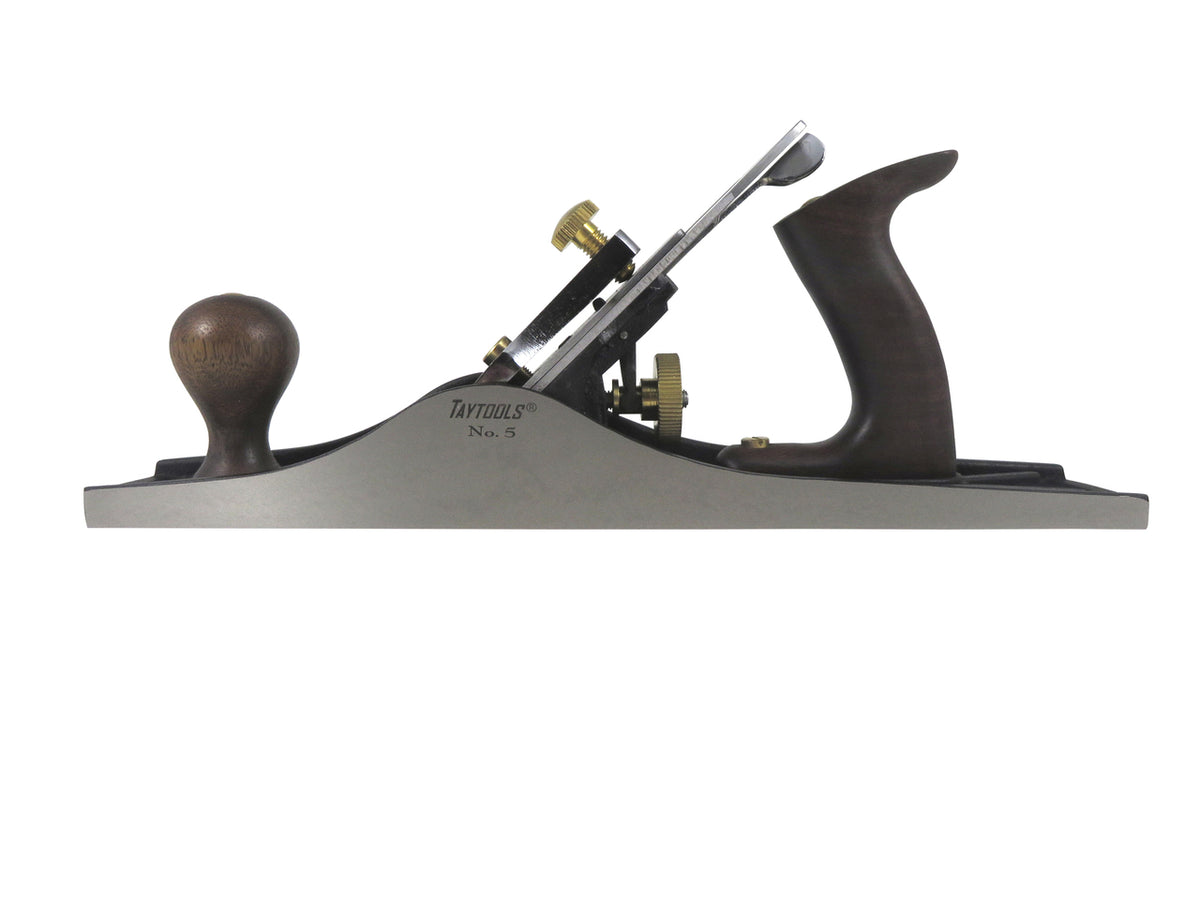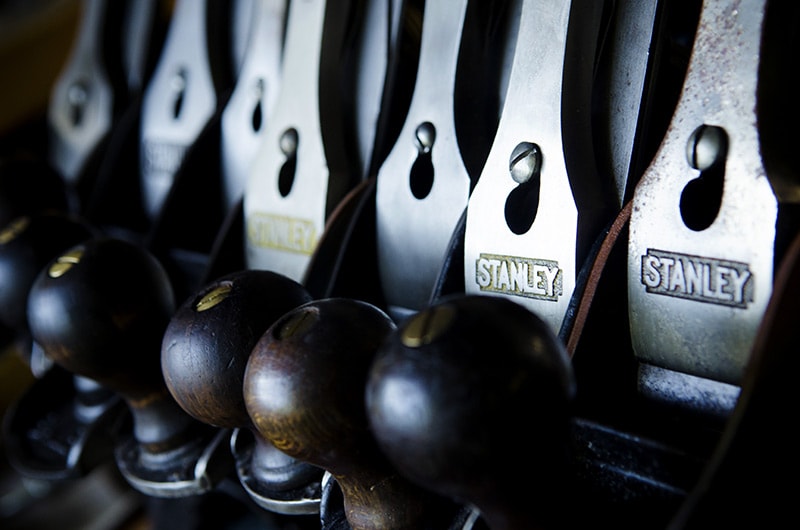Many good video's explain the differences between planes. Wood By Wright, Peter Sellers, Rex Krueger, Rob Cosman, Stumpy Nubs, Paul Sellers, Katz-Moses, etc. They all have slightly different views, but are who I consider the most trustworthy out there.
Everyone has their experience and viewpoints so take all advice with a grain of salt. Here is mine:
Note I am transitioning from 90% power to 90% hand tool woodwork. It is a hobby, so my time is mine.
I seem to grab my Stanley #4 type 16 smoother for most things. New enough to have the best features, old enough for quality.
Still getting used to my #5 jack. ( Jack, as in jack-of-all-trades)
I used to use my standard angle block (Sears) a lot until I spent a fortune on a Lie Leilson 102 pocket plane. Gad I love that little thing.
Regular vs low angle is about 90% hype. The actual difference in cutting angle is only a few degrees but quite a few dollars. A new to plane user won't notice the difference.
A "scrub" plane is made with a lot more "camber" of curve on the iron and larger mouth so it can hog off a lot of wood for initial flattening. Mine is a modified low end Stanley ( Handyman) . Most are modified #4 or #5. About any piece of junk plane can make a great scrub, even a Harbor Freight!
On all my other planes, I just "camber" the very slightest on the edges to prevent a ridge on the surface. Everyone has their preference but for me, a plane is to make flat, so I want the cutting edge flat. I do love my scrub for getting rough lumber one side flat enough to run though the planer.
In pecking order of user planes, bottom of the pile are the new HF, Buck, Jourgson clones. If sharp, they will cut as well as the best. You won't like using them.
Then the older second line. Miller Falls and Handyman. Many off brand clones of the "Bailey" or "record" pattern. They work just fine.
Now to what you may actually enjoy are the older quality tools: Stanley Bailey, MF , Record etc. Normally considered the go-to for users.
Next up are the newer clones from Bench Dog, Taylor, Wood River and the like. I actually prefer my old Stanley.
Then it gets crazy for boutique planes. Lie Neilson, Veritas, Clifton, Kunz... Big bucks, but so nice. They don't cut any better than a well tuned piece of junk from a yard sale, but oh so nice. Many seem to think the Veritas #5 "custom" is the best overall hand plane. Many prefer the Stanley "bedrock" design, but after spending the time to find one, I find I don't adjust the frog very much anyway and think it was a waste of money. I would rather have gotten two Bailey pattern and set one up narrow, one a bit wider or used the money as a down payment on the Veritas.
How well they cut is all in the iron. Of course, "hand" sharpening is the woodworkers pride, but sharp is sharp, so jigs work. I spent a fortune on jigs and power tools to wind up with the Veritas jig and diamond plates, finish off with a Shapton water stone. I used to strop, but found that it causes too much more work when I nick a blade and need to hit the back again. Even with my DMT diamond plates, for the really rough initial work, I still use really course sand paper. Even the "extra course" DMT is too fine for primary bevel and getting a back flat enough to start. Of course, one of the things you are getting from a prestige level plane is they are closer to useable out of the box where vintage or lessor just take a bit of tuning.
Old irons are hit and miss. Some are great, others dull quickly. I have Hock irons in my older planes as mine had irons too rusted to recover. Pits too deep. Vintage "tool steel", O1, A2, PMV-11 differences a new user won't notice. How sharp you will.
Stanley Plane Identification and Stanley Plane Dating: What year and type is your Stanley Bailey handplane? Find out with this Stanley Bailey Plane Type Study. Helpful for Traditional Woodworkers and eBay sellers.

woodandshop.com
The chart below outlines the key specifications of all of Stanley’s Bailey line of bench planes. All dimensions provided are in inches and are approximate. Plane No. Dates Made Iron Width Le…

virginiatoolworks.com
Watch for the local MWTCA meets and of course our club picnic.
OOOh coffee is ready! Best of luck.



